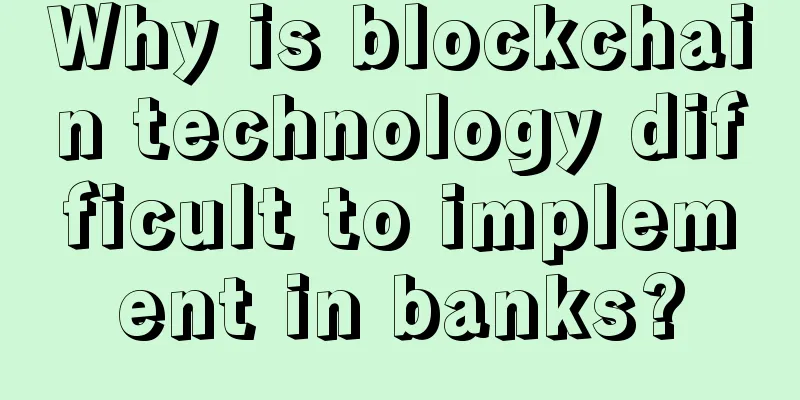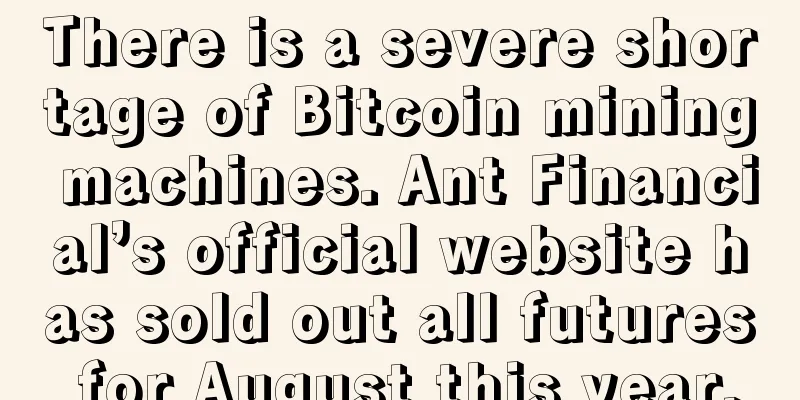Why is blockchain technology difficult to implement in banks?

|
Unprecedented transparency in transactions is making financiers uneasy. Banks are racing to adopt blockchain, the technology behind bitcoin, in a bid to cut costs, but technologists and business people are having to make big changes to make this radical technology work within the banking world. The electronic currency Bitcoin was invented in 2009 as a way to create a monetary system that is not controlled by governments and central banks. Although bankers are not convinced by the concept of Bitcoin, its underlying blockchain technology is still seen as having many useful features. There are many Bitcoin users, so the Bitcoin network cannot be shut down or hacked; transactions are irreversible; transactions are transparent and anyone in the network can view or verify transactions. At first, these features appealed to financial services companies, but they have since found the technology difficult to implement. The unprecedented transparency of transactions has unsettled some bankers who want to shield private information. They are planning to separate blockchain from the goals promoted by Bitcoin. Simon Taylor, co-founder of fintech consultancy 11:FS and former head of blockchain at Barclays Bank, said:
The prevailing view in the banking industry is efficiency. Increasingly strict regulations, competition from technology companies and continued low interest rates have forced the banking industry to start tightening its belt, and every place where expenses can be cut is worth studying. The good news is that using database sharing technologies (such as blockchain) can increase transaction speed and reduce settlement and clearing costs through automatic clearing and settlement functions of a shared system across the banking industry. Richard Lumb, CEO of Accenture Financial Services, said,
There is a problem here, however: if a shared transaction system is established, as is done with Bitcoin, then competing banks can spy on each other’s activities. Furthermore, building an immutable database increases the likelihood that an extra zero could be added to the end of a transaction by mistake, which, if irreversible, could result in unexpected potential losses. There are also issues with scalability: replicating all banking data with a shared settlement system (Bitcoin’s model) would likely become too complex. Peter Randall, CEO of SETL, a London-based company building blockchains and distributed ledgers for financial services, said:
As a result, discussions about implementing blockchain technology in financial services often involve diluting the original Bitcoin dream. The phrase "blockchain without Bitcoin" appears frequently. Mr. Taylor of 11:FS said the difference between the two is not that simple. He said that the metaphor of changing the engine of a car is not quite appropriate, and a more appropriate metaphor is the difference between a car and a boat. "Maybe we still have this idea: a driver, a starter, an engine, but this time we don't put it on land, but in the water." One idea being discussed is ensuring that only traders, regulators and other stakeholders can view transaction details, rather than having data shared by all participants. Concerns about immutability may be exaggerated. Setl's Mr. Randall says the answer is simple: "Just do a reverse trade." Supporters say the end result, in the end, is less radical (to the uninitiated) than bitcoin’s backers originally envisioned.
R3 managing director Charlie Cooper said the R3 blockchain consortium has attracted 60 financial services institutions to participate. In fact, in the eyes of some critics, Bitcoin is just another form of database, sensational, with some "cool" enough features to convince cost-conscious bankers to unite, and it is more marketing than technology. Mr Taylor disagrees. He says:
|
<<: What does blockchain “decentralization” actually mean?
>>: Bitcoin ETF listing postponed again, SEC says it will consider it again
Recommend
What are the most prominent features of a baby girl?
There are many theories in traditional physiognom...
Will a man’s marriage fortune be affected if he has flat cheekbones? Does high cheekbones mean bad luck?
Everyone has cheekbones on their face. The height ...
What kind of ornaments are best for people with short life lines?
When it comes to a person's palm lines, it ca...
These weird mining methods are all the brainstorming of the project owners in the bear market.
.view{padding:0;word-wrap:break-word;cursor:text;h...
What does a mole on the sole of the foot mean?
There is a mole on the sole of the foot. As a com...
How to read the meaning of nose
How to read the meaning of nose The size of the n...
What does a man with a small nose mean?
Man's destiny is determined by heaven and wil...
【Filecoin Weekly Report-64】Space Race is about to start a more complex stress test
This article was originally written by IPFS Force...
Is it good for a man to have a mole on the corner of his mouth? He is good at expressing himself and has good thinking ability.
How to interpret moles around a man’s mouth? Ever...
How to tell who is rich by looking at their face
1. A high and wide forehead indicates wealth Gene...
The facial features of a person who suffers from incompetence
The facial features of a person who suffers from ...
CICC: US election observation and trading guide
Election situation: Trump still leads, but the le...
Moles on men's backs - what are the effects of moles?
Physiognomy involves many aspects. Depending on t...
The facial features of a cheating maniac
The facial features of a cheating maniac 1. The d...
Leg shape analysis of love fortune of men and women
Leg shape analysis of love fortune of men and wom...









